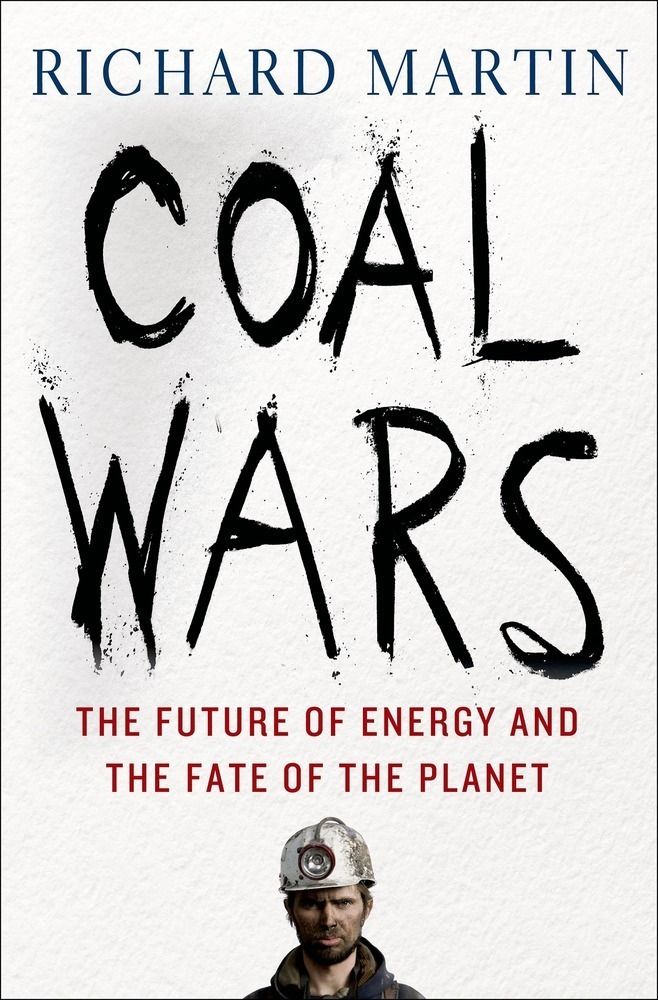 With a journalist's passion for accuracy, a lover's ardor for the earth, Richard Martin has written a book I needed to read. My late grandfather was a Pennsylvania coal miner, and despite my own currents being worlds removed from that one, I try to stay current on the industry. From page 7: "This is not a book of policy ... nor a polemic on the evils of coal. It's a narrative of the front lines. Crafted as a series of journeys..." The author then explains war metaphors typically are overstatements and "detract from the horrors of real war," but clearly he considers the global situation regarding coal an exception, and a horror unto itself. The Future of Energy and the Fate of the Planet also acknowledges coal has fueled countless true global advances over the centuries.
With a journalist's passion for accuracy, a lover's ardor for the earth, Richard Martin has written a book I needed to read. My late grandfather was a Pennsylvania coal miner, and despite my own currents being worlds removed from that one, I try to stay current on the industry. From page 7: "This is not a book of policy ... nor a polemic on the evils of coal. It's a narrative of the front lines. Crafted as a series of journeys..." The author then explains war metaphors typically are overstatements and "detract from the horrors of real war," but clearly he considers the global situation regarding coal an exception, and a horror unto itself. The Future of Energy and the Fate of the Planet also acknowledges coal has fueled countless true global advances over the centuries.Wars are about empire, land, violence, lots of losers, immeasurable loss that often can't be reclaimed, and sometimes even a distinctive true winner. We've been hearing a lot about environmental stewardship and about climate change. Coal reserves are not sustainable at the current level of extraction, and this fragile planet will not survive the death-dealing excesses of Big Coal and Big Consumption.
First section, "The Death Spiral" provides an overview of the Tennessee Valley Authority's history, along with information about the rise and decline of coal-driven industry, culture, and lifestyle in the Appalachian states of Kentucky and West Virginia. Part II, "The Surge" portrays mining's success in the western states of Wyoming and Colorado. Absolutely everyone knows about the lack of environmental controls that have led to inordinate levels of toxic pollution in China—Part III, "The Great Migration" tells fascinating stories about some of the industrial players and their human reps, about a few of the "regular people" who've literally donated their lives to big coal in China. Vignettes about Ohio and an epilogue about the Ruhr comprise the final "Dinosaurs" portion of Coal Wars. Not surprisingly, Peabody Energy pervades the pages of Coal Wars, but I felt I had to mention it.
Amazon Vine sent me an unfinished Advance Reader's Edition. Richard Martin paints many pictures with his words, though I don't know if the final edition will include charts, drawings, sketches, and photographs that with the surge of online resources probably are not very necessary these days, but my copy does include helpful endnotes, and apparently the final edition will have an index.
my amazon review: for the life of planet earth